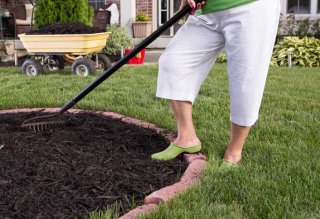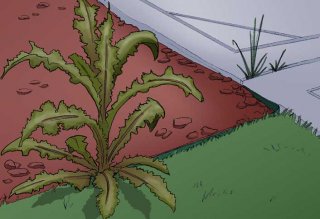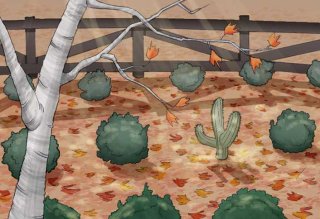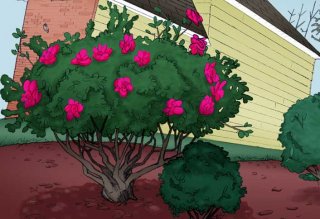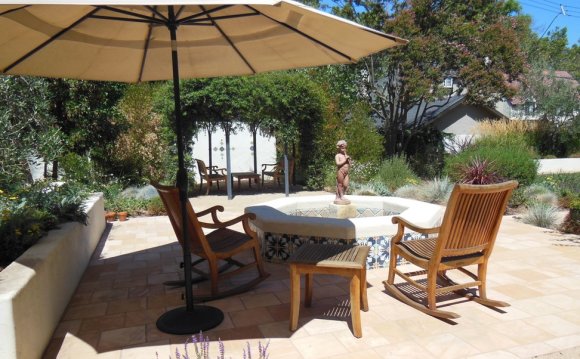
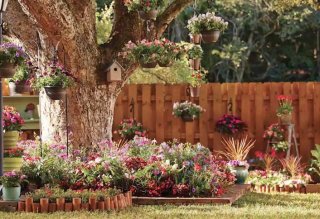 • Use informal hedges and flowers that require less pruning.
• Use informal hedges and flowers that require less pruning.
• Opt for more grass and fewer flowerbeds, or create a rock garden.
• Ask an associate at your local store for ground cover varieties that can provide greenery that rarely needs mowing.
• Don’t randomly place flowers and plants on a whim.
• Avoid scattered placements so that you don’t end up with a mismatched or cluttered look.
Use chalk spray, hoses or twine to lay out your landscape patterns before breaking ground.
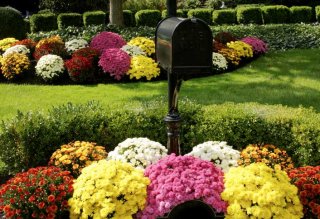 • Keep your lawn 2 to 3 inches tall, which is typically the highest setting on most push mowers.
• Keep your lawn 2 to 3 inches tall, which is typically the highest setting on most push mowers.
• Removing more than one-third of the grass blades leads to shorter root systems and moisture depletion.
• Weeds germinate more when grass is not tall enough to shade them out.
• Combat any brown, patchy spots by reseeding and adding fertilizer. Learn more in our Overseeding Project Guide.
• If you see a dandelion or crab grass, break out the weed killer spray to attack the roots so new weeds won’t sprout up.
• Barren patches in your lawn are perfect spots for weeds to grow, so use a fertilizer on them with built-in weed control.
• Make sure you choose plants that are suited to your area’s climate.
• Check the plant tags for advice on hardiness, height, spacing, feeding, watering and light preferences.
• Picture the plant five years into the future. How tall is it? How wide is it? Does it fill the allotted space? If not, pick another plant.
• Do not overshadow smaller plants.
• When choosing areas for plants, think tall to small. Start with taller plants, and gradually fill out your landscaping area with smaller plants.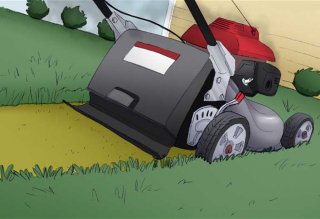 Don’t place sun-loving plants in the path of taller neighbors.
Don’t place sun-loving plants in the path of taller neighbors.
• Remember that fast-growing plants may block the sun with their large size, so place shade-loving plants facing north.
Roots can penetrate tiny gaps in underground pipes and cause major damage. Know exactly where your electric, phone, cable and gas lines are before planting. Call your local utility companies before you dig to ensure safety.
• What looks like a tiny sapling may sprout roots that can grow up to three times the height of a tree. A tree planted near your home can cause cracks in your foundation, leading to costly repairs.
• Plant medium or large trees 30 to 50 feet away from the house, and small trees 15 feet away.
• If you have an overgrown or outdated landscape, there is nothing wrong with removing shrubs, hedges, plants or flowers, especially if they are too big for a particular area.
• A great way to uproot unwanted greenery is with Stump-Out, which works in four to six weeks. At that time, finish the job with a shovel and a hoe to cut roots below the surface.•
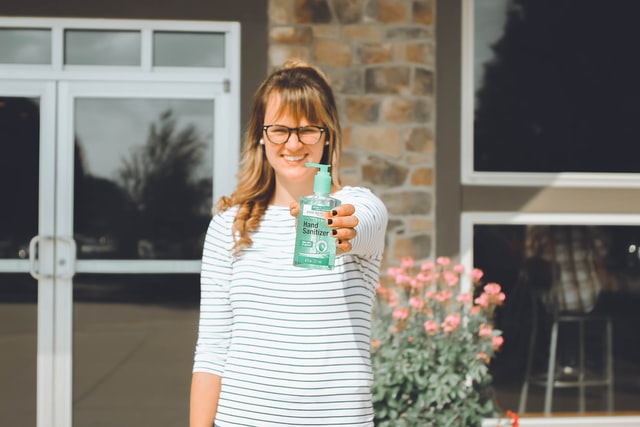
Of course, you do all landscaping works with gloves. But this does not completely protect your hands from dirt and infections. To make your gardening experience only positive, use the special hand cleaner and disinfectant, händedesinfektionsmittel. It is a modern sanitizer designed with all the characteristics of human skin in mind. The main advantage of this cleanser is that it does not dry out the skin of the hands. This means that you can use the sanitizer as often as needed without any problem. Convenient bottles of different sizes with dosing pumps are easy to use, you can carry them in your pocket or purse (Photo by Anna Earl on Unsplash).
